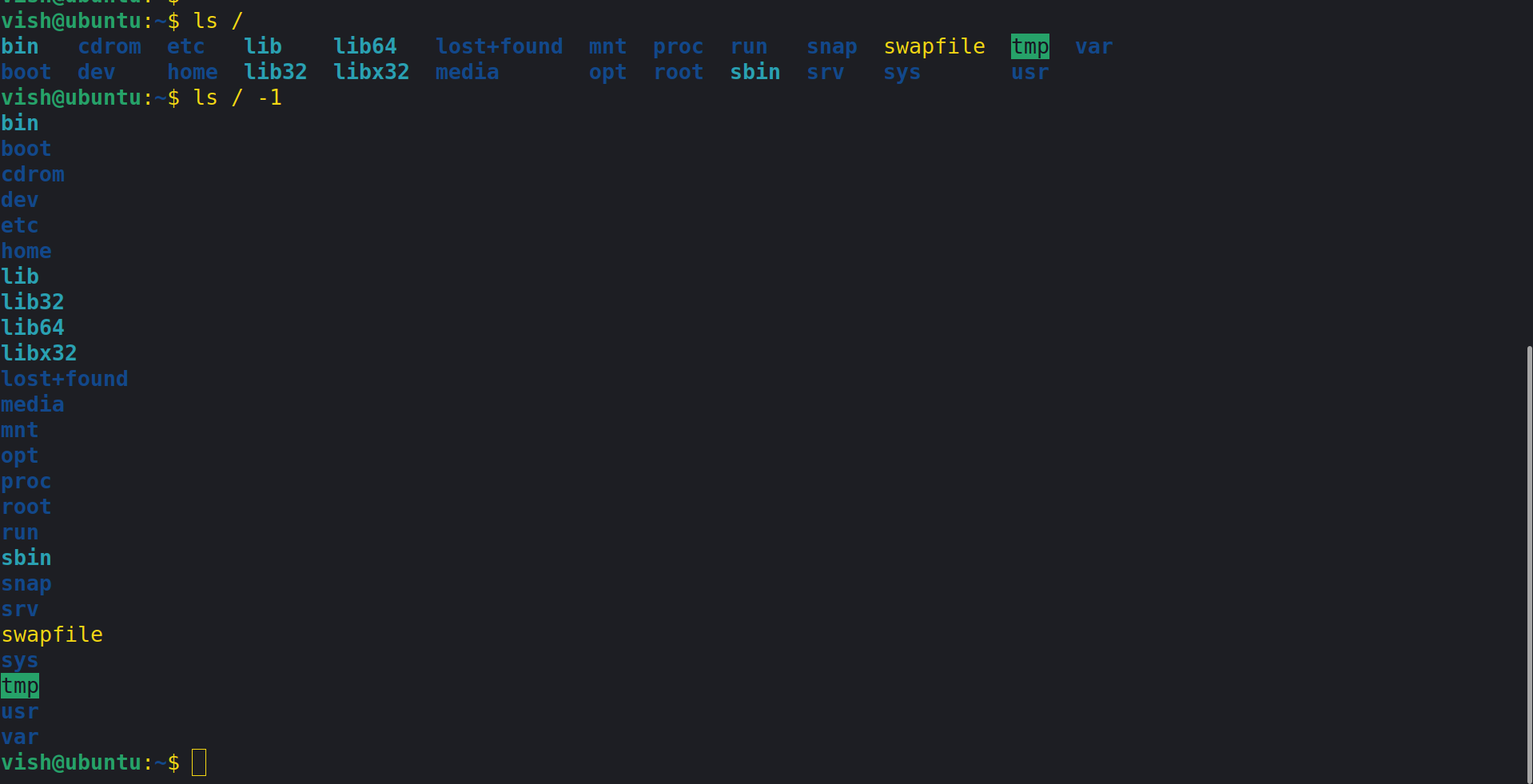An Overview of the Linux File System Structure

Linux is a popular open-source operating system that is known for its stability, flexibility and security. One of the key features of Linux is its file system structure, which is different from that of Windows and other operating systems. In this article, we will take a closer look at the Linux file system structure and how it works.
The Linux file system is based on the hierarchical file system (HFS) model, which organizes files and directories into a tree-like structure. The top-level directory in this structure is the root directory, represented by the forward slash (/) symbol. All other files and directories are located under the root directory.
The Linux file system is divided into two main types: the root file system and the user file system. The root file system contains all of the essential files and directories required for the system to boot and run. This includes the kernel, system libraries, and system configuration files. The user file system contains all of the files and directories that are created and used by users.
The Linux File System Structure
The Linux file system is organized in a hierarchical structure, starting with the root directory represented by a forward slash ‘/’.
All other directories and files are located under the root directory, forming a tree-like structure.
The file system is divided into two main categories: the root file system, which contains essential system files, and the home file system, which contains user-specific files.
The Root File System
The root file system, also known as the root partition, contains all the essential files and directories required for the system to boot and run.
Some of the important directories in the root file system include /bin, /sbin, /etc, /lib, and /proc.
The /bin directory contains essential command-line utilities, such as ls and cp, that are required for basic system functionality. The /sbin directory contains utilities that are typically used by system administrators.
The /etc directory contains configuration files for various system services, such as networking and authentication. The /lib directory contains shared libraries that are used by programs in /bin and /sbin.
The /proc directory is a virtual file system that provides information about the system’s kernel and hardware.
The root file system is further divided into several subdirectories, including:
- /bin: This directory contains binary files that are essential for the system to function. These include basic commands such as ls, cp, and mv.
- /sbin: This directory contains system binary files that are used for system administration. These include commands such as fdisk and ifconfig.
- /etc: This directory contains system-wide configuration files. These include files such as passwd and fstab.
- /dev: This directory contains device files, which represent devices such as hard drives, CD-ROMs, and USB drives.
- /proc: This directory contains virtual files that provide information about the system, such as system statistics and running processes.
- /var: This directory contains variable files, such as log files and printer spools.
The Home File System
The home file system, also known as the home partition, contains user-specific files and directories.
Each user has their own home directory, located under /home, where they can store their personal files and configurations.
The home directory contains subdirectories such as Documents, Pictures, Music, and Videos, which are commonly used to store respective types of files.
The user file system is also divided into several subdirectories, including:
- /home: This directory contains the home directories for each user on the system. Each user has their own directory in /home, where they can store their personal files and settings.
- /tmp: This directory is used for temporary storage of files. These files are deleted when the system is rebooted.
- /usr: This directory contains user-related files and programs. These include libraries, documentation, and games.
- /opt: This directory contains optional software packages that are not part of the default installation.
- /mnt: This directory is used to mount external file systems, such as USB drives or network file systems.
The Linux file system structure is organized in a hierarchical manner, starting with the root directory. The root file system contains essential system files and directories, while the home file system contains user-specific files and directories.
Understanding the Linux file system structure is important for system administrators and advanced users to navigate and manage their systems efficiently. It is important to note that the file system structure may vary depending on the Linux distribution you are using. Some distributions, such as Debian and Ubuntu, may use slightly different directory names or organization.
The Linux file system also supports various file system types, such as ext2, ext3, ext4, XFS, Btrfs, and many more. Each file system type has its own set of features and optimizations, and it is important to choose the right file system for your specific use case.
In conclusion, the Linux file system structure is an important aspect of the operating system. It provides a logical and organized way to store and access files and directories. Understanding the file system structure is essential for managing and troubleshooting Linux systems. It is also important to note that the file system structure may vary depending on the Linux distribution you are using and you should choose the right file system type for your use case.





